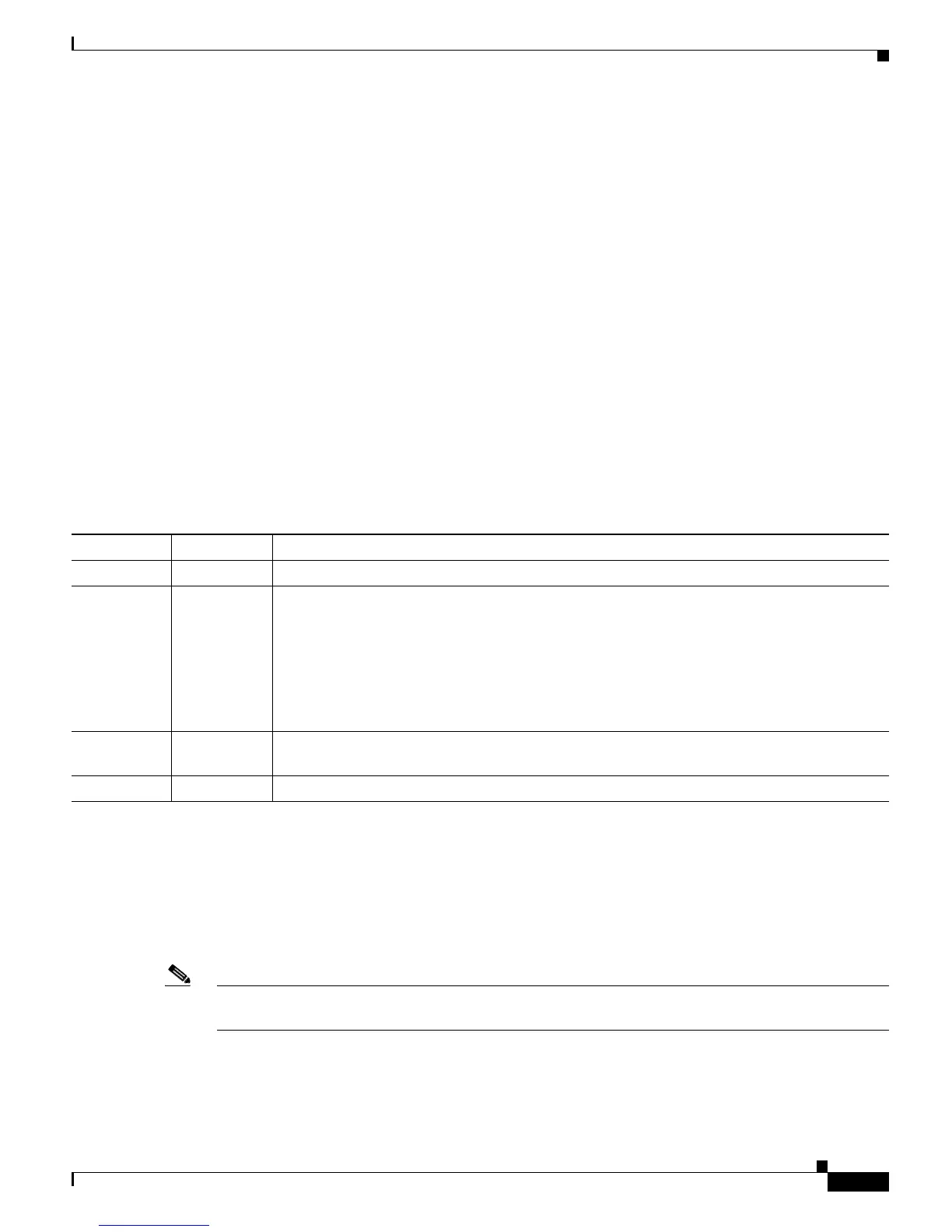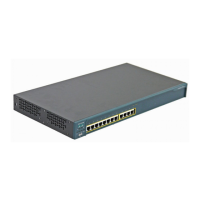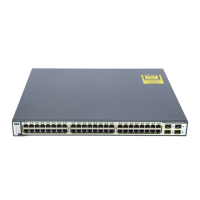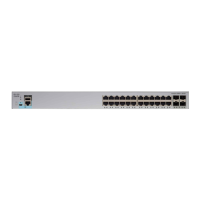52-15
Catalyst 6500 Series Switch Software Configuration Guide—Release 8.7
OL-8978-04
Chapter 52 Configuring QoS
Understanding How QoS Works
Ethernet Ingress Port Classification Features with a Layer 3 Switching Engine
You can use the untrusted, trust-ipprec, trust-dscp, and trust-cos port keywords to classify the traffic
on a per-port basis for a Layer 3 switching engine to mark.
The trust-ipprec and trust-dscp keywords are supported only with a Layer 3 switching engine and are
not supported on the 1q4t ports except Gigabit Ethernet. On the 1q4t ports (except Gigabit Ethernet),
the trust-cos port keyword displays an error message, activates the receive-queue drop thresholds,
and—as indicated by the error message—does not apply the trust-cos trust state to the traffic. You must
configure the trust-cos ACL that matches the ingress traffic to apply the trust-cos trust state.
In addition to the per-port classification, you can create the ACEs that classify the traffic on a per-packet
basis (for the IP and IPX traffic, see the “Named IP ACLs” section on page 52-46 and the “Creating or
Modifying the Named IPX ACLs” section on page 52-51) or on a per-frame basis (for the other traffic,
see the “Creating or Modifying the Named MAC ACLs” section on page 52-53), regardless of the port
configuration (see the “Marking Rules” section on page 52-23).
To mark the traffic in response to per-port classification, the traffic must match an ACE that contains the
dscp ACE keyword (see the “Marking Rules” section on page 52-23). In their default configuration, the
ACEs in the default ACLs contain the dscp ACE keyword. Table 52-1 lists the per-port classifications
and the marking rules that they invoke.
QoS uses the configurable mapping tables to set the internal and egress DSCP, which is a 6-bit value,
from the CoS and IP precedence, which are 3-bit values (for more information, see the “Internal DSCP
Values” section on page 52-16 and the “Configuring the DSCP Value Maps” section on page 52-73).
Classification, Marking, and Policing with a Layer 3 Switching Engine
Note With a Layer 3 switching engine, the Catalyst 6500 series switches provide QoS only for the following
frame types: Ethernet_II, Ethernet_802.3, Ethernet_802.2, and Ethernet_SNAP.
Table 52-1 Marking Based on Per-Port Classification
Port Keyword ACE Keyword Marking Rule
untrusted dscp Set the internal and egress DSCP as specified in the ACE.
trust-ipprec dscp For the IP traffic, set the internal and egress DSCP from the received Layer 3 IP precedence
value. For the other traffic, set the internal and egress DSCP from the received or port Layer 2
CoS value.
Note—With the trust-ipprec port keyword, QoS uses only the IP precedence bits. If the traffic
with a DSCP value enters the switch through a port that is configured with the trust-ipprec
port keyword, the three most significant bits of the DSCP value are interpreted as an IP
precedence value; QoS ignores the rest of the DSCP value.
trust-dscp dscp For the IP traffic, set the internal and egress DSCP from the received Layer 3 DSCP value. For
other traffic, set the internal and egress DSCP from the received or port Layer 2 CoS value.
trust-cos dscp Set the internal and egress DSCP from the received or port Layer 2 CoS value.
